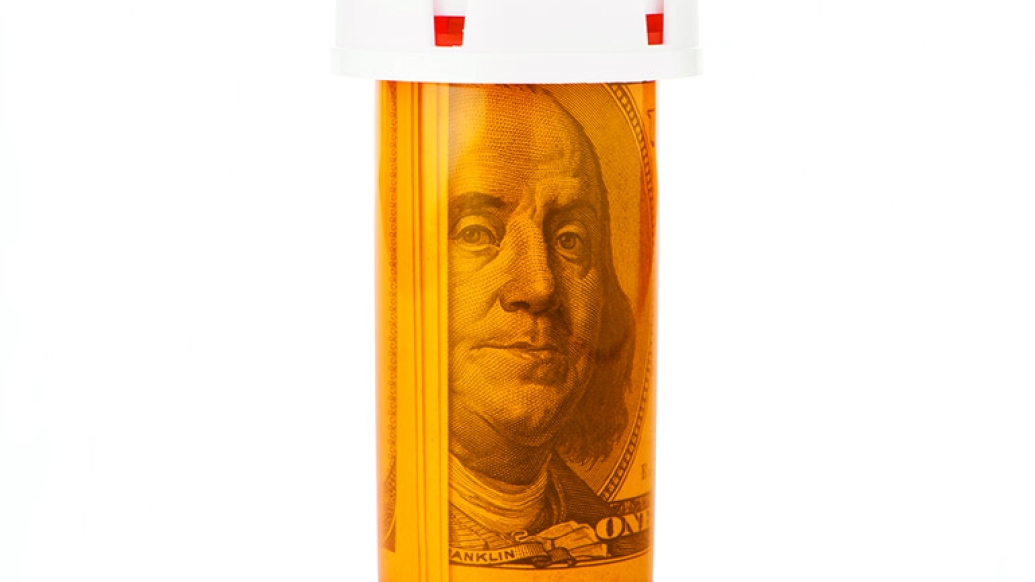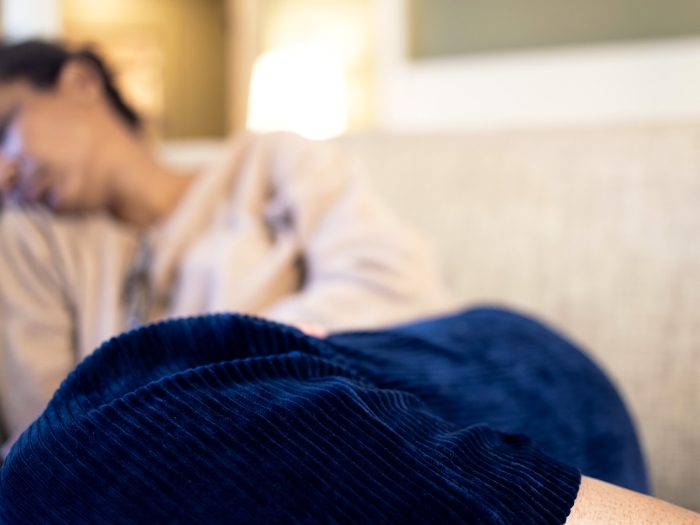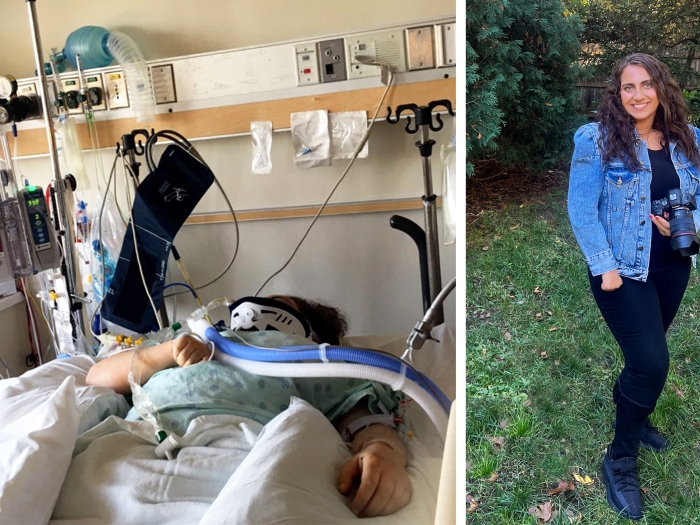
The opioid crisis has resulted in more than 500,000 overdose deaths over the past two decades. Litigation against drug manufacturers, suppliers, and pharmacies has resulted in billions of dollars awarded to address the harm and suffering caused by inappropriate opioid prescribing practices.
To ensure these funds are used in areas relevant to opioids, policy and public health groups led by experts at Johns Hopkins University, Harvard University, and other organizations have proposed frameworks that detail priorities on what to do with the money. But none of them addresses the needs of one critical group: patients who suffer from acute and chronic pain.
Gaps in pain care and treatment, one of the key factors that enabled inappropriate opioid prescribing in the first place, persist. I am a physician scientist specializing in pain medicine. My colleagues, U-M law professor Barbara McQuade and Michigan Medicine anesthesiologist Chad Brummett, and I believe there are three key ways these funds could be used to improve pain treatment and address resource gaps for patients with acute and chronic pain.
1. Comprehensive pain management
Due to a combination of factors, recent approaches to pain treatment — such as the concept of the fifth vital sign, which reduced pain to a number on a scale between 0 and 10 — have led to an over-reliance on medications and limited approaches to treatment, all of which persist to this day.
People have different responses to different levels of pain. What may be an effective treatment for one person might not be for someone else. The most effective care for chronic pain, however, typically includes therapy beyond pills.
Comprehensive pain management involves care from a diverse team of clinicians, such as physical therapists and pain psychologists, to name a few. It also involves a suite of treatment approaches and care methodologies, including behavioral therapy, which focuses on the psychological and social aspects of pain. Complementary and integrative approaches, such as acupuncture, biofeedback, and yoga, can be combined with interventional approaches like injections, dry needling, and electrical stimulation.
Limited access to comprehensive pain management can lead to worse outcomes for patients. One study found that insurance policies that carved out physical therapy (subcontracting it to another insurer) from pain management programs led to worse physical and psychosocial function up to one year after treatment in patients with chronic pain compared to patients whose insurance policies directly covered physical therapy.
2. Evidence-based care models
Translating research into evidence-based care models will help bring the best treatment approaches to patients in pain. For example, there is evidence to support the use of heat therapy and acupuncture for acute lower back pain, and non-opioid pills for kidney stone pain. Yet patients may not be offered these treatments due in part to wide variation in insurance coverage.
Many gaps in evidence also exist in regard to opioid prescribing and its effectiveness in treating both acute and chronic pain. Until a few years ago, there was no data-driven answer as to what dose of opioids should be prescribed after common types of surgery. This was partly based on an assumption that patients needed prescription opioids after certain surgeries, which is not always the case. Building evidence-based pain management recommendations to prevent unnecessary exposure to prescription opioids remains a focus of organizations like the Michigan Opioid Prescribing Engagement Network.
3. Research on acute and chronic pain
The National Institutes of Health has boosted funding for research on pain and opioids in recent years via the HEAL Initiative, a program that focuses on opioid addiction and pain management. In 2019, the NIH awarded $945 million to projects that focus on improving chronic pain treatment, reducing opioid misuse and overdose, and facilitating recovery from opioid addiction. Despite this effort, significant gaps still exist in both lab-based and clinical pain research. For example, a recent summary of acute pain treatments noted a lack of evidence to support current therapies for patients with sickle cell, acute nerve, and neck pain, among others.
Giving patients with pain a seat at the table
The economic impact of pain has been estimated to have a price tag of more than $700 billion in the U.S. when adjusted for inflation. A little more than half of that amount comes from care costs, while the other half comes from reduced productivity or the inability to work.
Addressing gaps in addiction treatment and overdose prevention is vital to turning the tide on the opioid epidemic. But implementing even some of these three ways to improve pain care could also put a dent in how much the U.S. spends on pain. Giving patients with pain a say in how funds from the opioid lawsuits are distributed can help make sure they're not forgotten.
This article is adapted from one that originally appeared in The Conversation. Dr. Bicket is an assistant professor of anesthesiology.





